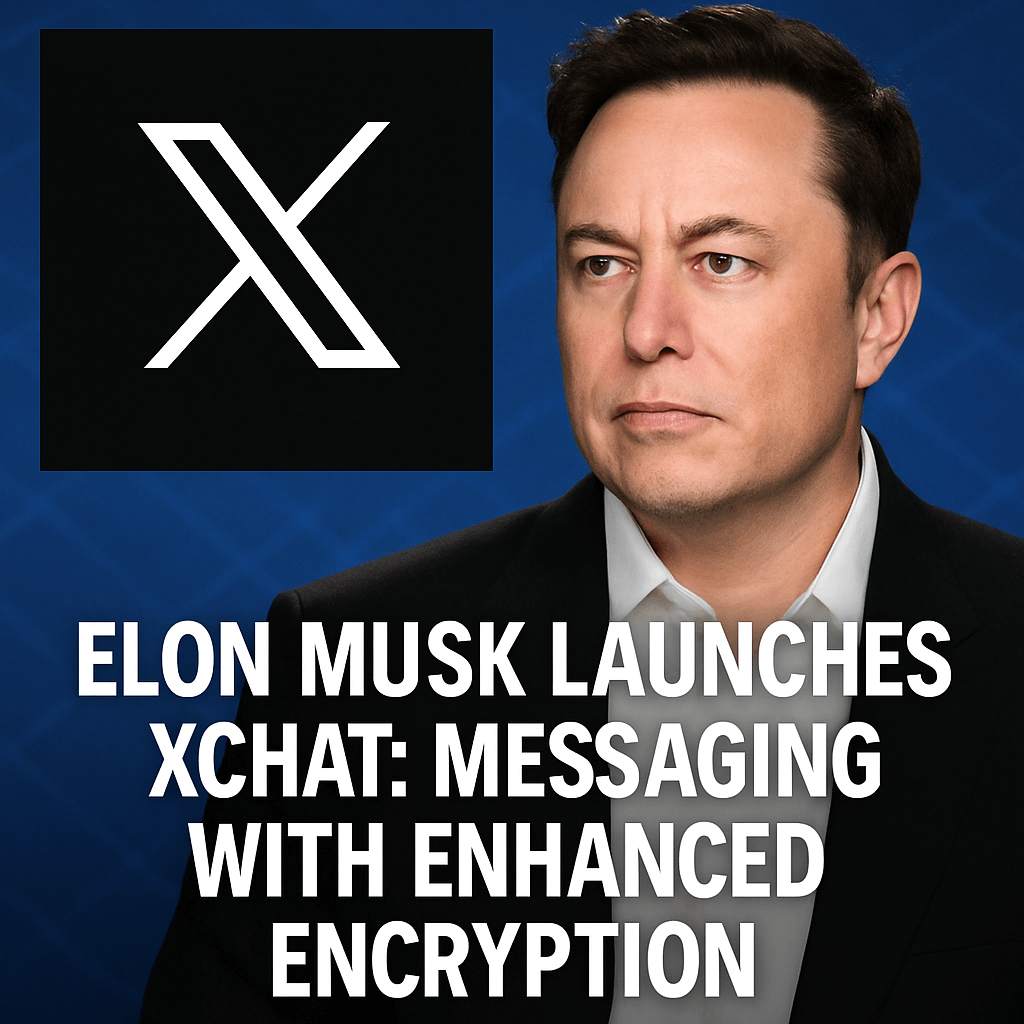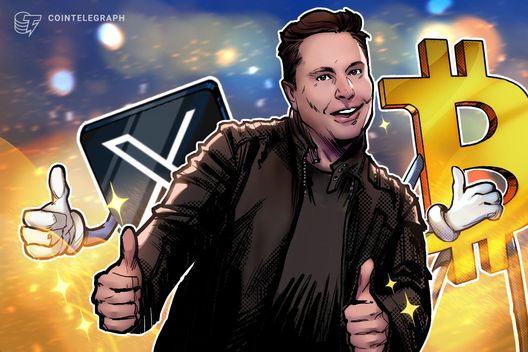Elon Musk Launches XChat: Messaging with Enhanced Encryption


In a recent announcement, Elon Musk disclosed that X, formerly known as Twitter, will unveil a new direct messaging feature named XChat. This feature is set to incorporate what Musk described as “Bitcoin-style encryption.” This statement has sparked interest among the cryptocurrency community, prompting experts to clarify the nuances surrounding encryption technologies.
Understanding ‘Bitcoin-Style Encryption’
The term “Bitcoin-style encryption” typically refers to the cryptographic techniques that underpin the Bitcoin network, primarily using the SHA-256 hashing algorithm and ECDSA (Elliptic Curve Digital Signature Algorithm). This system is instrumental in ensuring the integrity and authenticity of transactions within the blockchain, establishing a high level of security.
However, experts in cryptography were quick to point out that merely using the term “Bitcoin-style” may be misleading when applied to XChat’s direct messaging system. True encryption in messaging platforms often relies on end-to-end encryption (E2EE), a mechanism that ensures that only the sender and recipient can read the messages, effectively keeping them secure from interception.
The Need for Stronger Privacy in Messaging
In recent years, there has been an increasing demand for privacy-focused communication tools. Users are becoming increasingly aware of the risks associated with centralized messaging platforms, where data can be accessed by third parties or company insiders. According to a 2023 survey, approximately 70% of users expressed concern over their privacy on social media platforms, highlighting the importance of secure messaging solutions.
- End-to-End Encryption: The gold standard for messaging apps, where only communicating users have the keys to decrypt content.
- Decentralization: While not mandatory, decentralized systems can enhance privacy by distributing data across multiple nodes, making it harder to compromise.
- User Control: Features that allow users to control their data, such as self-destructive messages and limited message visibility, are becoming increasingly desirable.
Expert Perspectives on XChat’s Implementation
Industry experts have expressed a mixed outlook on Musk’s ambitious declarations. Dr. Jane Holloway, a cryptography expert at the University of California, stated, “While the concept of applying strong encryption to messaging is certainly wise, the actual implementation is key. The specifics of how XChat’s encryption will be structured will determine its effectiveness in protecting user data.” Many are urging Musk and his team to provide clarity on what exactly “Bitcoin-style encryption” entails within the context of XChat.
Additionally, as XChat transitions from announcement to development, its integration with existing features of X will likely be scrutinized. The app must balance user convenience with the requisite security measures that encryption demands.
Market Implications and Future Outlook
The announcement of XChat is poised to impact not only user engagement on X but also the broader competitive landscape of messaging applications. Platforms like Signal and Telegram, which have established themselves based on strong encryption standards, may face increased competition. If successfully implemented, XChat could attract a significant user base interested in privacy, particularly those disillusioned by traditional social media models.
Moreover, Musk’s continual innovation in digital communication parallels his efforts in other sectors, including electric vehicles and space exploration. Such initiatives may strengthen user loyalty and reshape marketplace dynamics.
“The ultimate measure of success will be whether users feel safer communicating on XChat compared to existing platforms.” – Richard Chan, cybersecurity analyst.
Conclusion
As the rollout of XChat approaches, stakeholders in both the cryptocurrency and tech communities will be keenly watching for details on its encryption model. The implications of strong user privacy and data protection cannot be overstated in an era driven by digital communications.